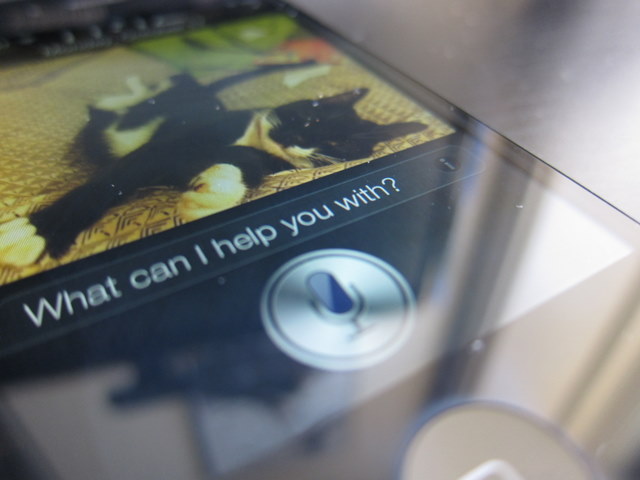Seemingly confirming rumors from April, the Wall Street Journal is reporting that the next iPhone will sport a thinner display using in-cell technology, which integrates touch sensors directly into the LCD.
[aditude-amp id="flyingcarpet" targeting='{"env":"staging","page_type":"article","post_id":492368,"post_type":"story","post_chan":"none","tags":null,"ai":false,"category":"none","all_categories":"business,mobile,","session":"D"}']Sharp, LG, and Japan Display (a joint company between Sony, Toshiba, and Hitachi) are currently manufacturing the new panels for the iPhone 5, sources tell the WSJ.
Not only will the in-cell technology allow for a thinner display, it could lead to a thinner iPhone overall since there will be more room for internal components. The latest rumors point to the iPhone 5 featuring a longer display near 4 inches.
AI Weekly
The must-read newsletter for AI and Big Data industry written by Khari Johnson, Kyle Wiggers, and Seth Colaner.
Included with VentureBeat Insider and VentureBeat VIP memberships.
Back in April, DisplaySearch analyst David Hsieh told Taiwan Focus that it makes sense for Apple to adopt the in-cell panels from Japanese suppliers. “Of course, Taiwanese panel makers are also developing this technology, but Japanese suppliers still run faster,” Hsieh said at the DisplaySearch Taiwan Flat Panel Display Conference.
It wouldn’t be surprising to see Apple adopting new display technology — after all, the company pushed mobile forward with the high-resolution “Retina Display” on the iPhone 4 (which, to be clear, Apple didn’t manufacture). The big surprise with this news, if it does turn out to be true, is that Taiwanese news site Digitimes may have actually gotten a big scoop right for once.
VentureBeat's mission is to be a digital town square for technical decision-makers to gain knowledge about transformative enterprise technology and transact. Learn More

